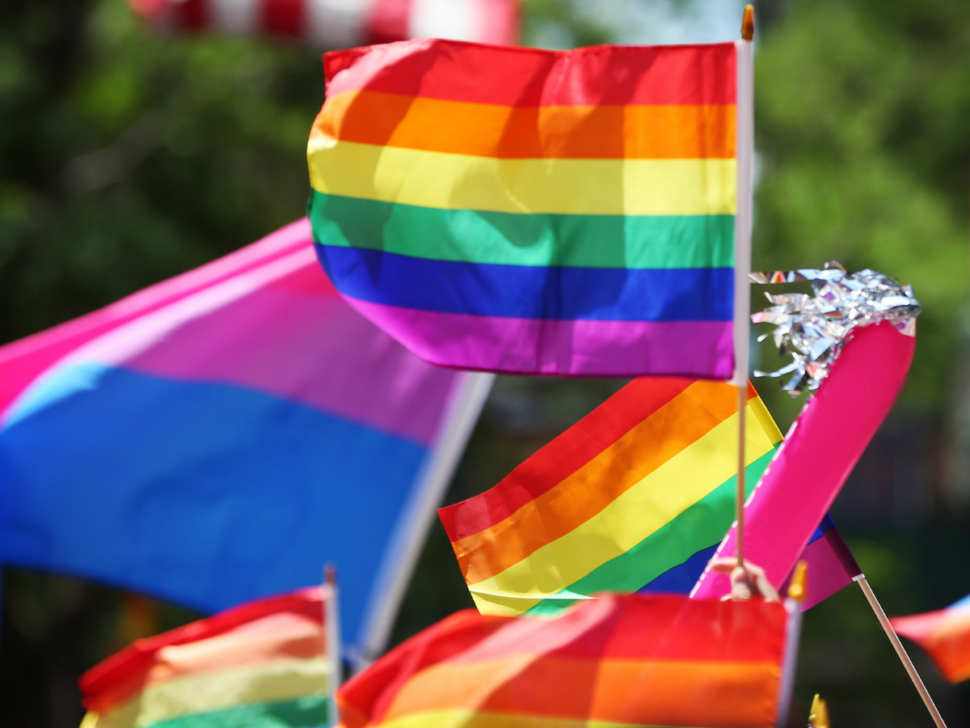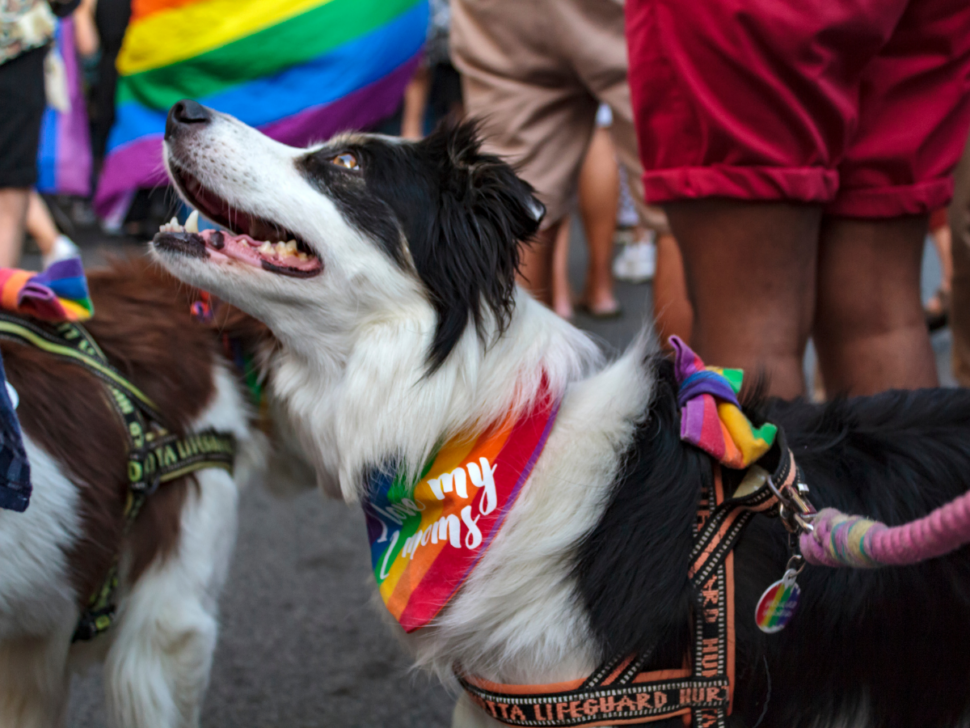Pride Events and LGBT Spaces in Japan
In recent months, Tokyo has announced that it will begin recognizing same-sex relationships. This would allow same-sex couples hospital visitation and the ability to rent apartments together. Unfortunately, Japan is still not recognizing same-sex marriages. Homosexuality has never been illegal in Japan, except for a short period from 1872 and 1880. Still, it has never been known for its openness and acceptance of the LGBT community.
However, LGBT advocates have been working hard to spread awareness and bring about equality for all. Younger generations have been especially vocal about their support of the LGBT community. In recent years, it has been reported that the vast majority of Japanese citizens support legalizing same-sex marriage.
Like any country, Japan is not perfect. Being out and vocal is not common in Japan, but that is slowly beginning to change for the better. Large cities like Tokyo are becoming more accepting and open about sexuality and gender identity. Japan still has a long way to go, but they are moving in the right direction. LGBT communities and pride events can be found throughout the country in hopes of spreading awareness.
Tokyo Rainbow Pride
Tokyo Rainbow Pride, or 東京レインボープライド, is Japan’s biggest pride event. The event takes place annually on a weekend in late April. The three day long celebration attracts thousands of attendees, both in the LGBT community and supporters. The majority of the event is held at Tokyo’s Yoyogi Park. At the park, there are vendors, live entertainment, and plenty of guests decked out in pride colors.
A parade also takes place during the weekend. The route is approximately 3 kilometers long and goes through Shibuya and Harajuku. Attendees are welcome to walk along with the parade floats, wave flags, and hold signs.
Tokyo Rainbow Pride takes place during Pride Week, プライドウィーク. During this week, flags are flown throughout the city by participants. There are lectures and performances by members of the community, concerts, and more.
Pink Dot Okinawa
Pink Dot Okinawa, or ピンクドット沖縄 (おきなわ) began as a small celebration in Okinawa in 2013 and has grown exponentially in the following years. The event was inspired by an LGBT event by the same name in Singapore that began in 2009. On this day, usually in late June, thousands of attendees gather in Okinawa's capital Naha and wear pink to support the LGBT community. Since Okinawa is a famous tourist destination, the creators of Pink Dot Okinawa hope that they are able to attract supporters from around the world. Shopping, food, and entertainment are put on by local and international sponsors for a day of happiness and pride!
Kansai Rainbow Fiesta
The Kansai Rainbow Fiesta, or レインボーフェスタ, takes place in Ogimachi Park in Osaka during a weekend in mid-October. The event has been going on for nearly two decades and has been growing ever since. Like Tokyo, Osaka is known for being a more open and inclusive area. It was even the first area in Japan to allow same-sex couples to foster children. The park fills with vendors selling food or offering LGBT-friendly services. There is also live entertainment, including music and a drag show. A parade follows the roads around the park and features floats and marchers. At the end of the festival, rainbow colored balloons are released into the air.
Sapporo Rainbow Pride
The Sapporo Rainbow Pride festival, known as さっぽろレインボープライド, takes place mid-September. It is located in Odori Park, which is famous for the Sapporo Snow Festival. Sapporo is small compared to metropolitan areas like Tokyo, but it is considered one of Japan’s most friendly cities for the LGBT community. During the festival, hundreds of attendees walk through the area of the park, release colorful balloons, hold signs, or wave flags. Many wear plain clothes but some take the opportunity to wear colorful outfits or costumes. In the evening, the park is illuminated in rainbow colors.
LGBT Film Festivals
Japan has multiple LGBT film festivals that take place throughout the year. These film festivals feature Japanese and international films with LGBT characters or themes. The biggest one is Rainbow Reel Tokyo, レインボーリール東京(とうきょう). Other festivals include the Aomori International LGBT Film Festival, the Asian Queer Film Festival, the Kansai Queer Film Festival, and the Ehime LGBT Film Festival.
Shinjuku Ni-chōme
Known also as Ni-chōme, or 二丁目, Shinjuku Ni-chōme is the most famous LGBT district in Japan. The ward’s history as an LGBT space began in the mid-twentieth century when it was a red light district. When sex work was made illegal, many people left the area and it was taken over by the LGBT community. The community now thrives due to the countless LGBT-friendly bars and clubs, many of which specialize in different LGBT subcultures. Most of these bars are very small and cater to groups of regular customers who may receive discounts. Ni-chōme is prominent in Japan’s LGBT history. It was the location of Tokyo’s first LGBT film festival, Japan’s first pride parade, and Japan’s first candlelight vigil for AIDS. It, of course, also has many pride parades and events throughout the year.
Dōyamachō
Dōyamachō, known as 堂山町 (どうやまちょう), is Osaka’s LGBT district. It is similar to Ni-chōme, but on a much smaller scale. The area has bars and clubs that cater to LGBT subcultures. It is also popular for its saunas. Many of the bars and clubs segregate by gender, so lesbian bars do not allow male guests and vice versa. Very few clubs in the area allow all genders. Some bars do not allow foreigners to keep the tight-knit community close and safe. Dōyamachō also hosts pride events throughout the year. These include the Kansai Rainbow Fiesta and PLus+, which spreads awareness about AIDS.






